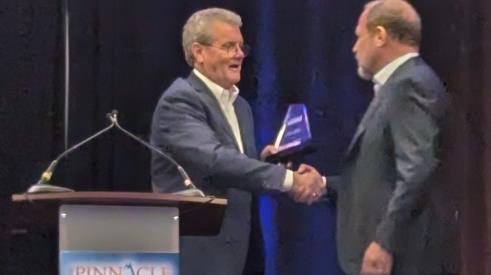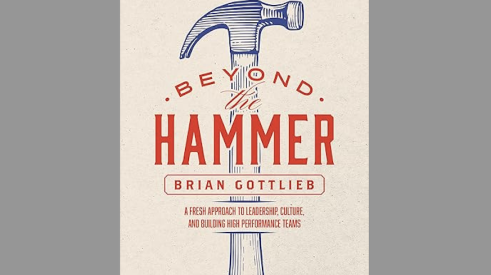It’s performance appraisal time for a lot of companies. If you’re not meeting with employees to evaluate performance and discuss personal and company goals, you should be. If you are, you probably could be doing it better; and according to some, you probably should be doing it differently.
You’re not alone in that. Most performance appraisal systems haven’t changed in decades and still rely on some kind of number system to see how employees measure up to expectations in a series of predetermined performance categories. The most famous instance is probably Jack Welch’s “rank-and-yank” system, which he used at GE to promote top performers and replace 10 percent of his workforce every year.
But the workforce is changing, and some companies—including Microsoft, Accenture, Adobe, and, yes, GE—have abandoned formal once-a-year performance reviews in favor of more flexible, often app-based systems that deliver feedback at a speed and frequency more compatible with the expectations of an increasing number of Millennial employees.
What Should You Measure?
The trend toward a more frequent, more subjective appraisal process still begs the question: What should you be measuring? One of the best answers I’ve found is in a book called First, Break All the Rules by Marcus Buckingham and Curt Coffman. Originally published in 1999, it’s a management book based on Gallup interviews with more than a million employees and 80,000 managers over 25 years. Subtitled “What the World’s Greatest Managers Do Differently,” it debunks a lot of management myths, including the effectiveness of traditional performance appraisals.
For example, most appraisal systems attempt to identify an employee’s weaknesses, then require managers to implement an employee-improvement program. Gallup’s research found, however, that “great” managers—those who excel at developing the kind of engaged workforce that drives a company’s success—don’t believe people can be changed that much, so instead of trying to “fix” weaknesses, they focus on ways to capitalize on an employee’s strengths.
The book concludes with a discussion of a new approach to employee appraisals: a list of 12 questions that the Gallup research determined were most effective at measuring employee engagement and predicting performance. They are not at all what you would expect.
For instance, the first two questions are:
1] Do I know what is expected of me at work?
2] Do I have the materials and equipment I need to do my work right?
Sounds simple, doesn’t it? But even for a carpenter, the answer requires more than a job description and a list of power tools. Your field crews aren’t merely banging nails; they are making decisions about efficient use of materials and production methods, they are interacting with vendors and tradespeople and clients, and they are anticipating and solving problems. To accomplish all of that, they need more than just a nail gun and a circular saw; they need to know how much time is budgeted for the work, what’s included in the scope and what’s not, and when they can make their own decision or if they need to ask someone at a higher pay grade.
Performance appraisal is about more than measuring how much work is getting done, how fast it’s getting done, and what the level of quality is. All of that is important to a company’s success, of course, but the data Gallup collected suggests a high correlation between productivity and employees who know how the work they do fits into the bigger picture, who have a sense of belonging, and who have an opportunity to do what they’re good at but also to learn something new.
Are your employees engaged? To find out, you only have to ask. But you have to ask the right questions.
Related Stories
Brian Gottlieb Receives Remodeling Mastery Award
Presented by industry icon, Mark Richardson, the award celebrated Gottlieb’s extraordinary impact on remodeling
What's Beyond the Hammer?
Working with Brian Gottlieb on the book Beyond the Hammer provided a masterclass on how to build an aligned team
Real AI Applications For Remodelers
Tech-forward remodeler Michael Anschel shares how he uses artificial intelligence in his business.
How to Eliminate Boring, Languishing Meetings
Leff Design Build ensures maximum productivity and efficiency through these straightforward methods
5 Counterintuitive Strategies to Improve Your Business
Follow these strategies to inspire employees, instill trust, and beat the competition
Couple Act As Much More Than General Contractors
How LBR Partners uplifts and educates their Spanish-speaking trade partners
How to Train for and Run Effective Design-Build Meetings
On this episode of Women at WIRC, Morgan Thomas of LEFF Design Build shares how to maximize your time by creating a culture around effective, collaborative meetings
Pro's Picks: A Real-Time Project Communication and Management Tool
This remodeler says this product allows for easy, quick, real-time communication with team members in the field and in the office
How to Create a World-Class Remodeling Team
Great remodeling companies position themselves for the future with the right players
Everyone Should Have a Number: KPIs for Your Design Build Team
Measuring key performance indicators guides your team to success while creating accountability and ownership












